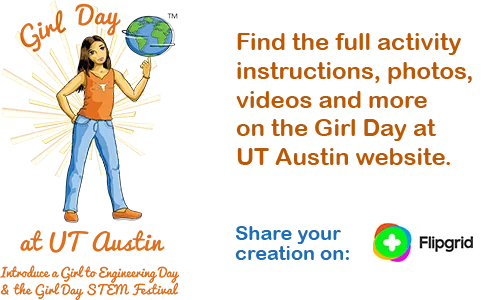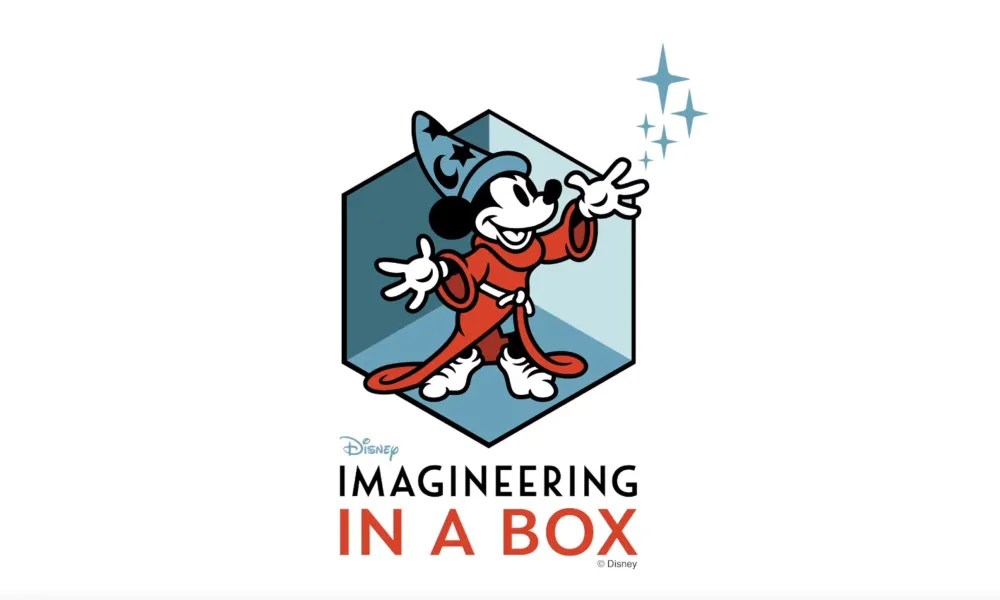Build a Lung Model
Whether screaming or laughing, our lungs do a lot during an exciting day at a theme park! In this activity, you'll be building a model of the human lungs and diaphragm using balloons to understand how they work.
The Challenge: Learn about how the lungs work using simple materials to build a lung model!
Share your a video of your design and creation on Flipgrid.
- Have a parent measure 1-2 inches from the bottom of the plastic bottle and cut the bottom off carefully with scissors.
- Take a balloon and put it inside the bottle. Fold the bottom of the balloon around the rim of the bottle so that the balloon hangs into the bottle from the top. Wrap tape around the top of the balloon so that it is snug around the bottle opening. You don't want air escaping!
- Tie a knot at the end of the 2nd balloon and cut the large part of the balloon in half horizontally.
- Using the balloon half with the knot, stretch the open end over the bottom of the bottle, making sure there is a tight fit (add tape if needed).
- Gently pull down the balloon from the knot. This should cause air to flow into the balloon within your lung model.
- Release the balloon with the knot and watch as the air is expelled from your lung model.
Recommended Materials: Clear plastic bottle (sports drink bottle preferred), 2 balloons, tape (masking or duct), and scissors.
Our lungs are vital to our body's respiratory system and our ability to acquire oxygen. The bottom balloon works like your diaphragm, which is a strong muscle that expands and contracts, causing the lungs to fill with air and then emptying it.
The balloon's movement matches your breathing: When you breathe in, your lungs fill with air just like the balloon inside the bottle because the diaphragm expanded, making room for air inside the lung. When breathing out, your diaphragm squeezes in/contracts, pushing the air out of your lungs. Similarly, when you pulled down on the balloon knot, the balloon inside the bottle inflated slightly, and when you let go, it deflated!
This model only represents one of your lungs, but the same concepts apply.






